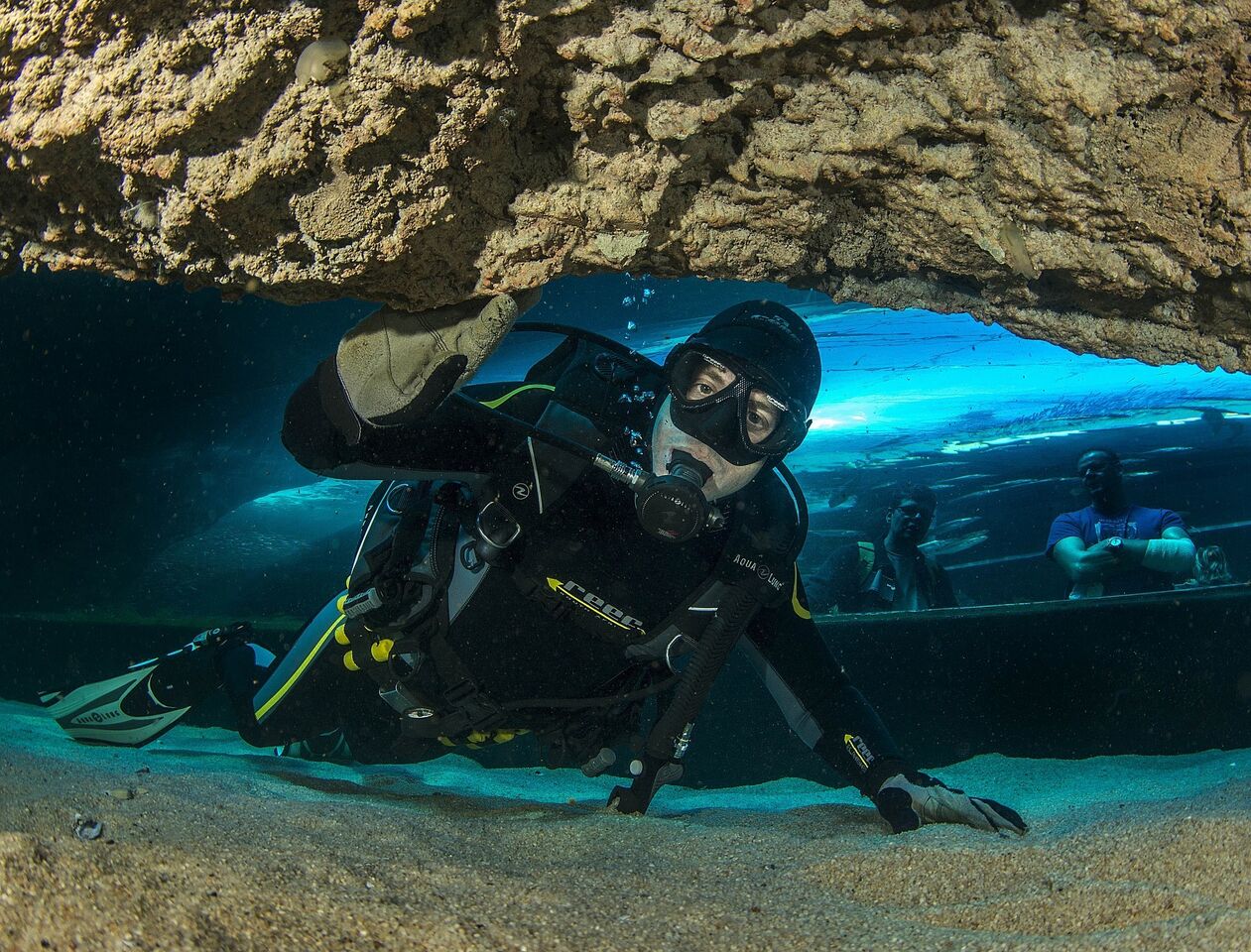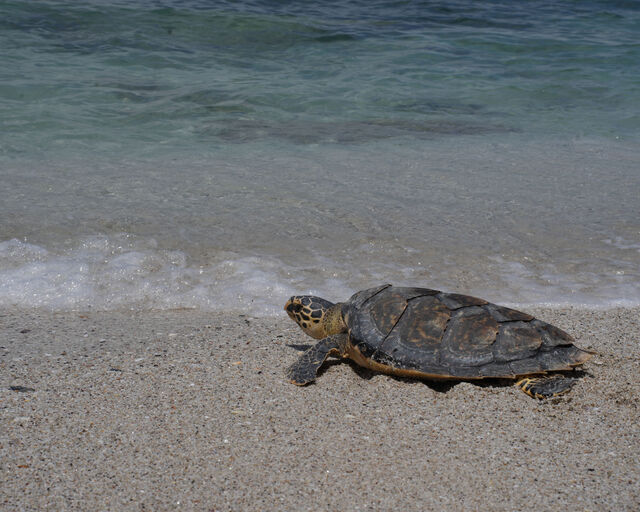So, you're a diver now and thinking of getting your own wetsuit? Whether you're PADI-rated scuba diver, a freediver, or simply an accidental diver thanks to falling off your surfboard, you'll want a comfortable, warm wetsuit to protect you from abrasion, the sun and the cold. You can always hire a wetsuit, but as one of the core pieces of a diver's "soft gear" wetsuits are an item that many divers prefer to own themselves, guaranteeing a perfect fit.
How exactly do these tight-fitting suits work?
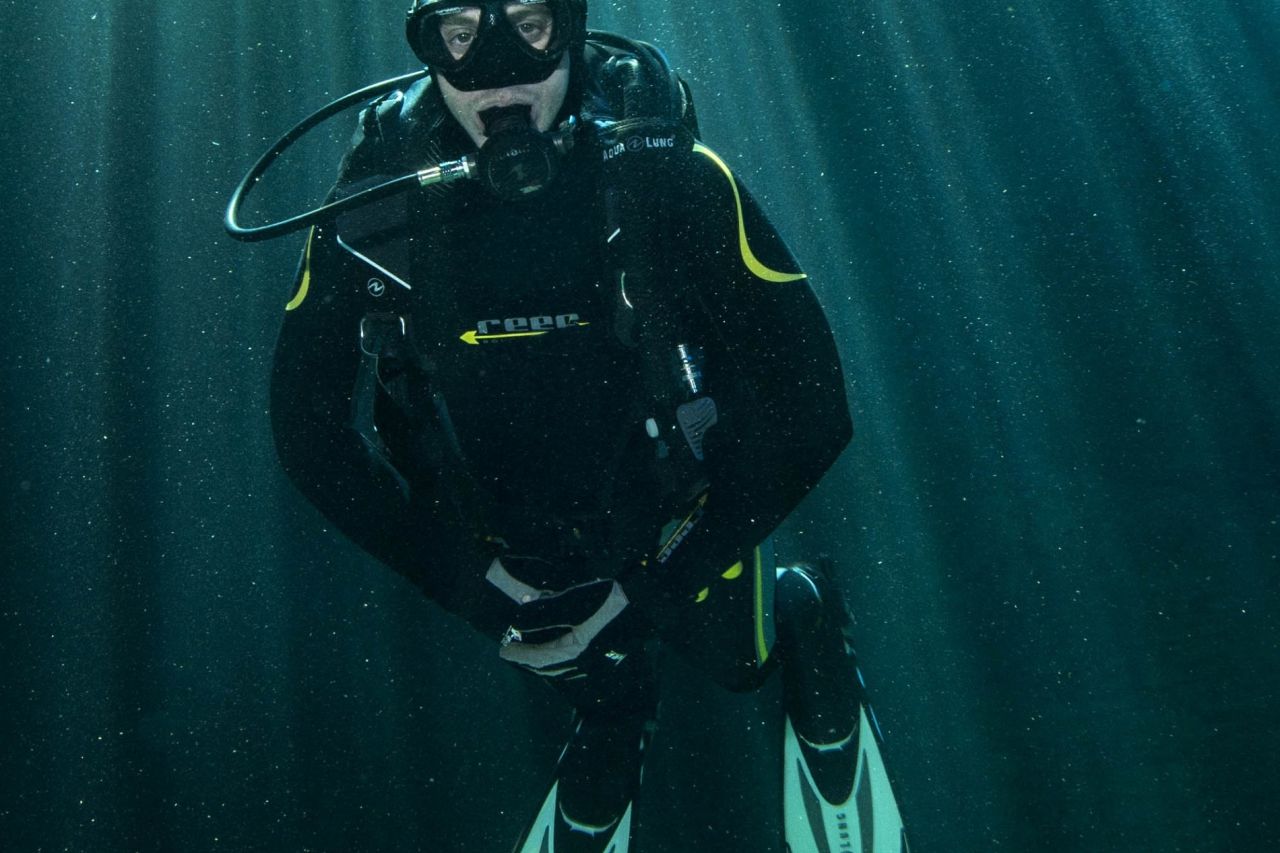
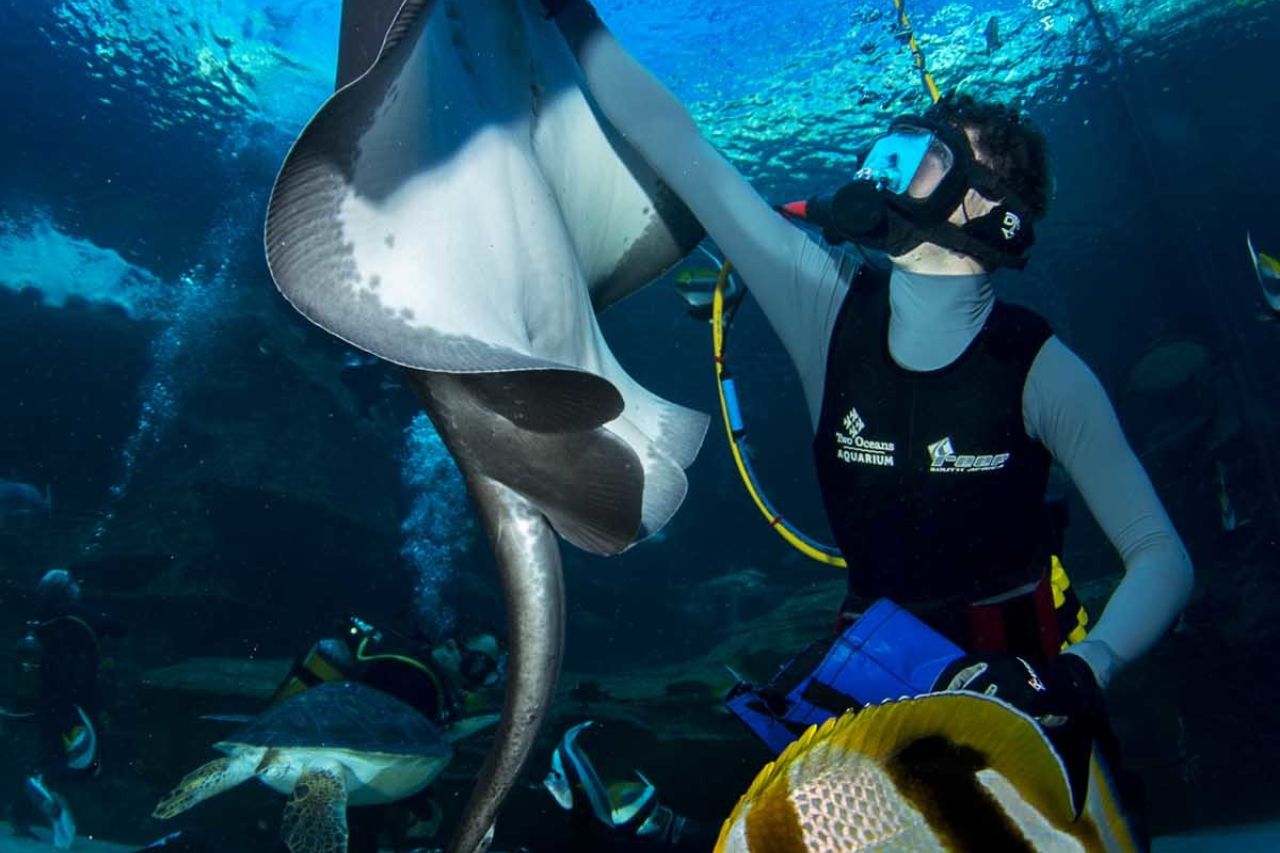
Seawater is a great conductor of heat. It is always cooler than the human body, and it is almost always moving - meaning it is always carrying our body heat away from us. In areas with "cold water" like the Western Cape, we lose this heat quickly, but even in "warm" tropical waters, heat is being slowly drained.
The first step in staying warm is to trap our heat so it doesn't move away with the currents. The tight fit of wetsuits traps a layer of water against the skin, which warms up and helps us retain our heat.
Holding this water is a layer of waterproof neoprene - a synthetic rubber that contains bubbles of gas. Neoprene is an insulator and prevents the heat held by that inner layer of water from conduction into the surrounding seawater.
Scuba divers will choose a wetsuit based on the thickness of this neoprene layer. Here at the Two Oceans Aquarium, our divers use a 5mm thick Reef wetsuit, while in the waters around KwaZulu-Natal, 3mm wetsuits are common.
Most modern wetsuits are not simply made of bare neoprene and will contain a soft inner layer for added comfort, and a durable outer layer to protect your investment. Most wetsuits are dyed black simply because carbon black dye is affordable and the most resistant to staining and UV damage.
What is an "open-cell" wetsuit?
The type of wetsuit described above is known as a "closed cell" wetsuit, because the inner insulation layers separate your skin from the bubbles in the neoprene. "Open-cell" wetsuits lack that inner layer, so the bare bubbles of the neoprene suck onto your skin, and do not allow the layer of water to flow in.
Open cell wetsuits are warmer, so can be thinner, and are more flexible, but they can be very uncomfortable and inconvenient to put on. Closed-cell wetsuits are thicker, and offer less flexibility, but tend to be significantly more durable and more easily worn. Many freedivers prefer the flexibility of open cell wetsuits, while scuba divers tend to value the durability of closed-cell wetsuits. If you're starting out, an entry-level closed cell wetsuit will likely be your first purchase.
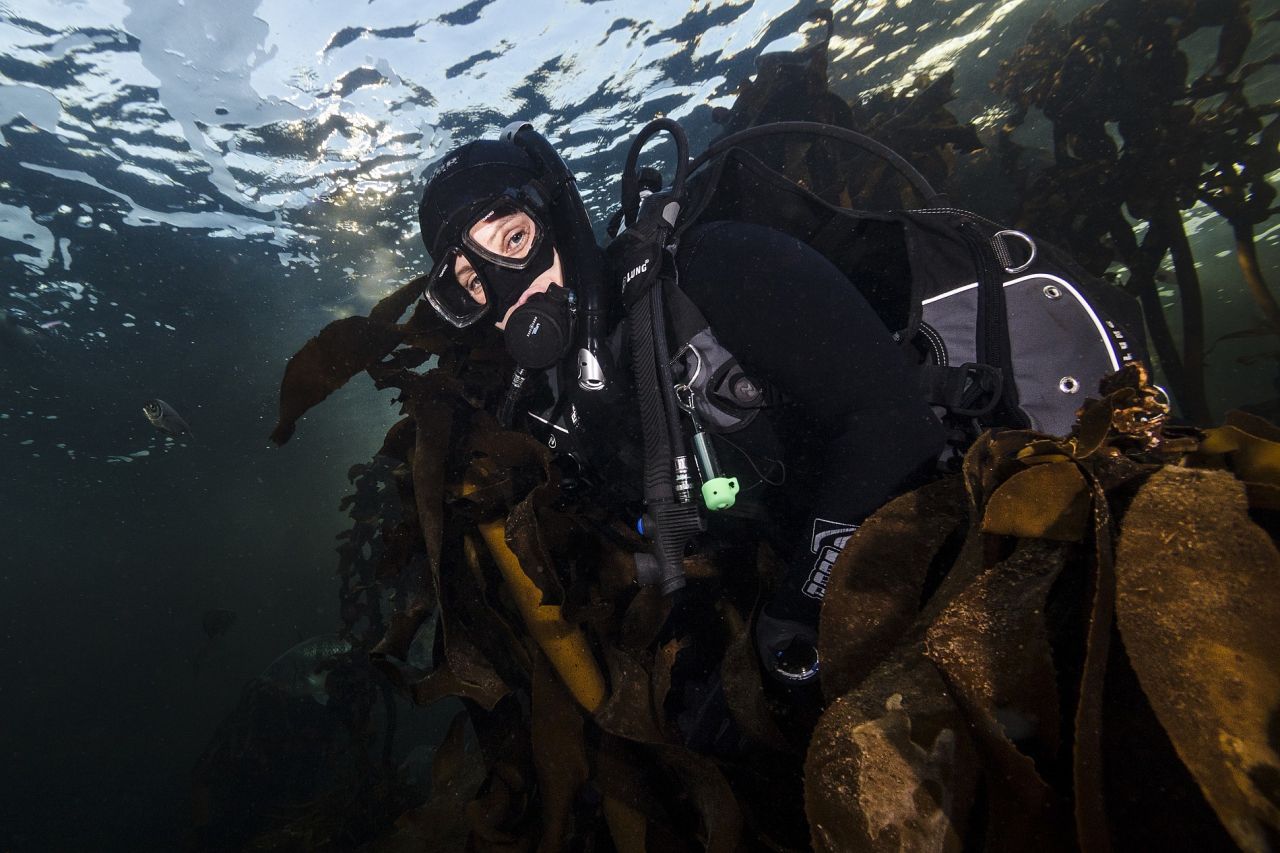
Do any animals use something like a wetsuit?
Yes! Warm-blooded animals have built-in wetsuits to help them stay warm. In the water, mammals, like whales and seals, have layers of fat underneath their skin called blubber. Blubber is a poor conductor and helps these mammals trap their heat internally - much like the layer of neoprene in a wetsuit traps the heat in the inner layer of water.
Similarly, seabirds use oils from a "preening gland" to make their feathers waterproof. When a penguin dives, pockets of air are trapped beneath the waterproof outer layer of its feathers, acting as an excellent insulator, similar to the bubbles in neoprene.
Simple technology often mimics nature - tough to beat millions of years of evolution!
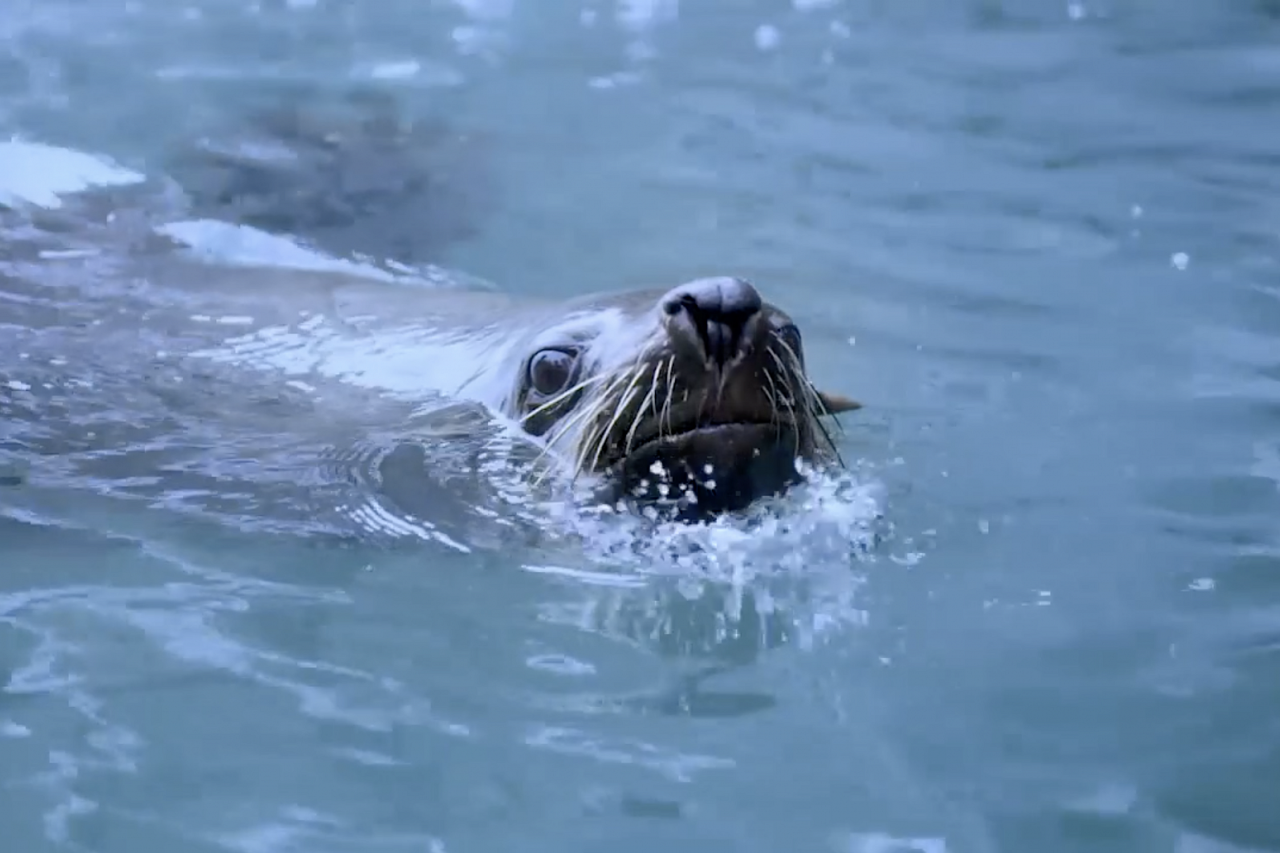
Related News
Sign up to our Newsletter
Receive monthly news, online courses and conservation programmes.
